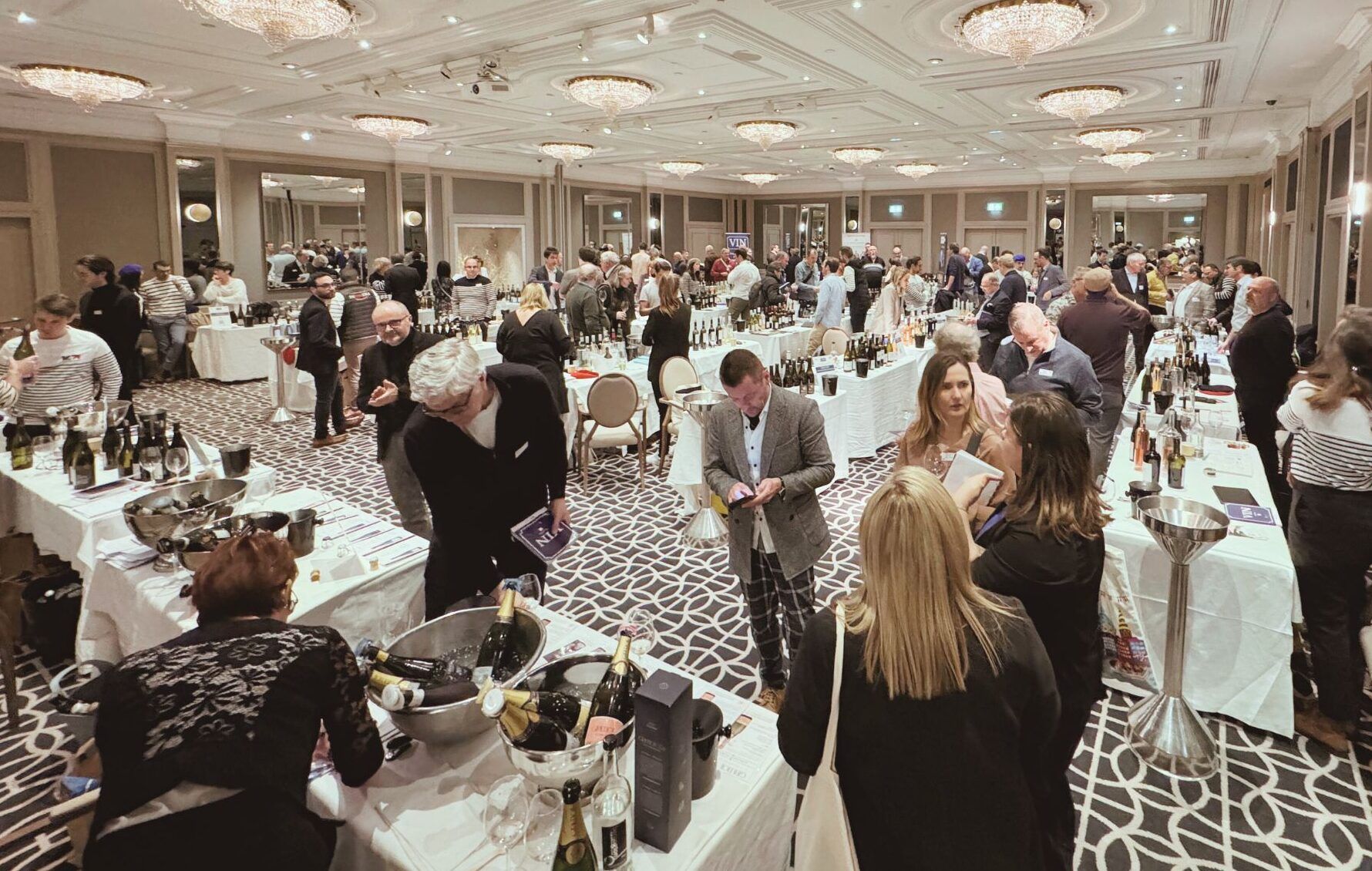“But many producers and négociants can use the idea of brand Bordeaux and the large, and freeing AOC rules to sell some really interesting wines, very much on trend, to the wider world,” writes Turner from Business France’s VIN 2024
Anytime you’re invited to a ‘French Wine Tasting”’ you do tend to worry about how bloody big this room is going to have to be! I’m one of the slowest tasters on the circuit, and the thought had crossed my mind that I was going to have to book out the rest of the week just to get through. But following previous successful iterations, the team at Business France was back in London this month with VIN 2024, showcasing their ‘one-stop shop’ for wine producers up and down France looking to sell their wares on this side of the channel.
Business France is the trade section of the French Embassy in the UK. Its annual VIN tasting provides the chance for a handful of producers seeking distribution, as well as selected trade partners, to travel over to the UK for those vital in-person tastings. Attempting to show off a snapshot of the wines of France in just 39 producers sounds tricky when it’s written down on paper, but I have to say that being there in a modest-sized room with such a convivial atmosphere really made sense. Every producer I spoke to seemed on great form, presenting some truly delicious wines.
Loire wines continue to show class and value
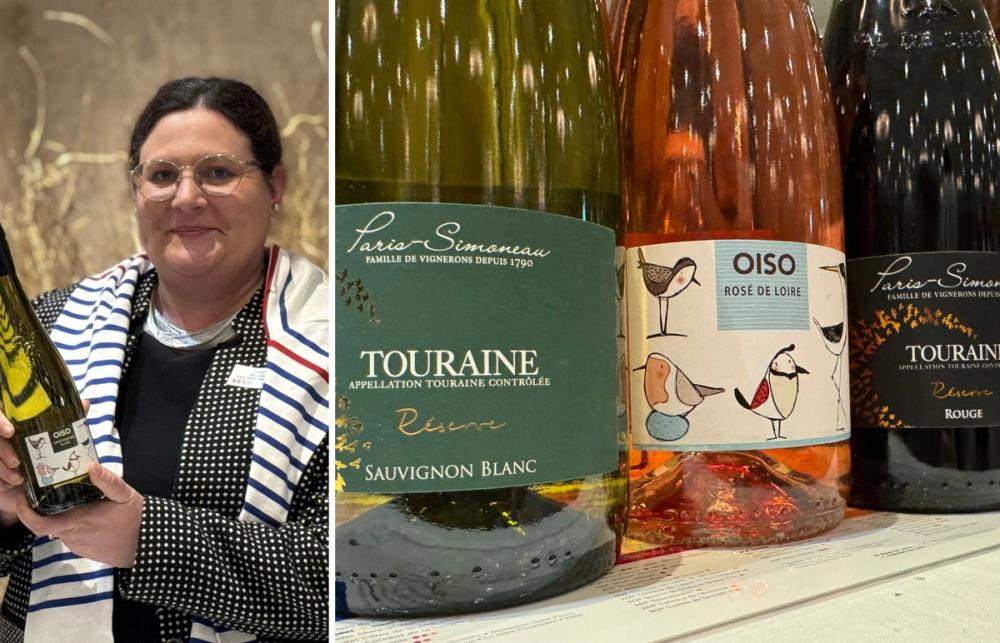
I feel that for those-in-the-know on French wines, the Loire Valley offers so many angles of interest. Bubbles, whites, reds, stickies, whatever you want, that long stretch of vineyards hugging the river west to east can cover a lot of bases. As warming temperatures provide an increasing level of consistency in a previous marginal climate, it’s a great time to be aware of the styles, value and consumer-friendly practices that these varied wines can offer.
I met up with Carine Simoneau from Famille Paris Simoneau, based in the Touraine département of the Loire Valley. The winery has been in the same family since 1790 and now manages 74 hectares of vineyard in the 300 hectare estate. Simoneau was keen to stress that, although the Loire has the reputation of a marginal climate, sustainable viticulture is now part and parcel of producing wines in the North-West of France.
“We were farming a certain way even before the HVE project was introduced, so obtaining the Level 3 stamp wasn’t too tricky,” recalled Simoneau. “We sell a lot cellar door or direct sales, and we know it means a lot to our customers that we do manage our forests, lakes and orchards as holistically as possible.” Its Oiso label comes from the active protection of 32 species of native birds across their land.
Of the wines on show, the one Simoneau takes most pride in is her range of Sauvignon Blancs.
“We export 60% of our Sauvignon Blanc,” noted Simoneau. “We’re blessed with a fabulous crop of limestone soils and know we can make truly mineral Sauvignons that the market is looking for.”
Of the three on show, it was the Sauvignon Réserve 2023 (ex-cellar €3-5) that showed a beautiful combination of the grassy green fruits, lemon pith mineral mouthfeel, and balanced acidity for the Sauvignon lovers out there.
Other wines well worth a look included the Touraine Réserve 2020 (ex-cellar €3-5), a blend with Cabernet Franc’s red fruits and pencil shavings, but plusher tannic structure coming from their prized pre-phylloxera Côt vines. One wine that also rarely gets a look-in in the UK, but sells by the tank load in Sweden, US and Germany, and is a great option for those looking for an alternative to White Zinfandel is the Oiso Rosé de Loire 2023 (ex-cellar €3-5). A simply gorgeous pink hue and bursting with soft red fruits, rose petal and orange blossom.
Alsace never fails to impress
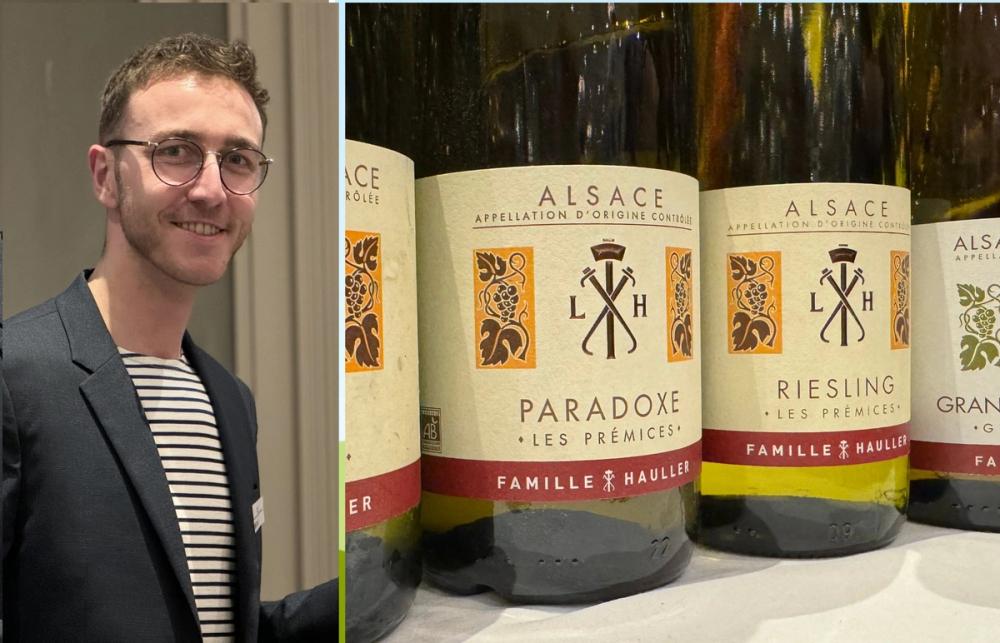
North-Eastern France’s very own sun trap continues to produce some of the finest white wines in the country. The Franco-Germanic culture also provides a storied wine industry like no other in the world, with stunning wines from the famous, yet remarkably still under-appreciated Riesling, Pinot Gris and Gewurztraminer, as well as much maligned but ever-improving Sylvaner and Pinot Blanc.
I spoke to Ludovic Hauller, whose family winery covers a 40-hectare plot near Dambach La Ville. La Cave du Tonnelier winery was started in the 1990s, but the family had owned vineyards and one of the most famed cooperages in the region since 1776…hence the name! Ludovic Hauller joined full time in 2015, converted the vineyards to organic and HVE Level 3, and began finding the perfect consumer for the wines they produce.
My favourite on the day was the Paradoxe Les Prémices 2022 (ex-cellar €3-5). This blend of majority Sylvaner with Pinot Blanc was smoky, green fruits, stone fruit blossom, and white pepper with savoury apple skin notes on the finish. Really unusual, really fun, but Sylvaner can pose the odd tricky conversation.
“We open up the courtyard at the winery every Thursday in the summer for people to come and have a few drinks to unwind,” explained Hauller. “The Paradoxe is really fun as people love it on those nights, but only as long as they don’t know it’s Sylvaner. They have a weird idea that they’re not meant to like Sylvaner!”
Of course, like any self-respecting Alsace vineyard La Cave du Tonnelier produces a fabulous selection of Rieslings, with the Riesling Les Prémices 2022 (ex-cellar €5-7) beautifully aromatic and with perfectly balanced acidity and palate-coating minerality. I was also dually impressed, as you can imagine, with the Gewurztraminer Grand Cru Frankstein 2022 (ex-cellar €9-11) with stunning Turkish Delight rose notes, ginger, white pepper and stone fruits and clean, coating, spicy finish.
“Gewurztraminer is great but we may have to experiment a bit more soon,” mentioned Hauller. “The older generation love it, the younger less so, but it can make exceptional orange wines.” Watch this space.
Burgundy stays in play
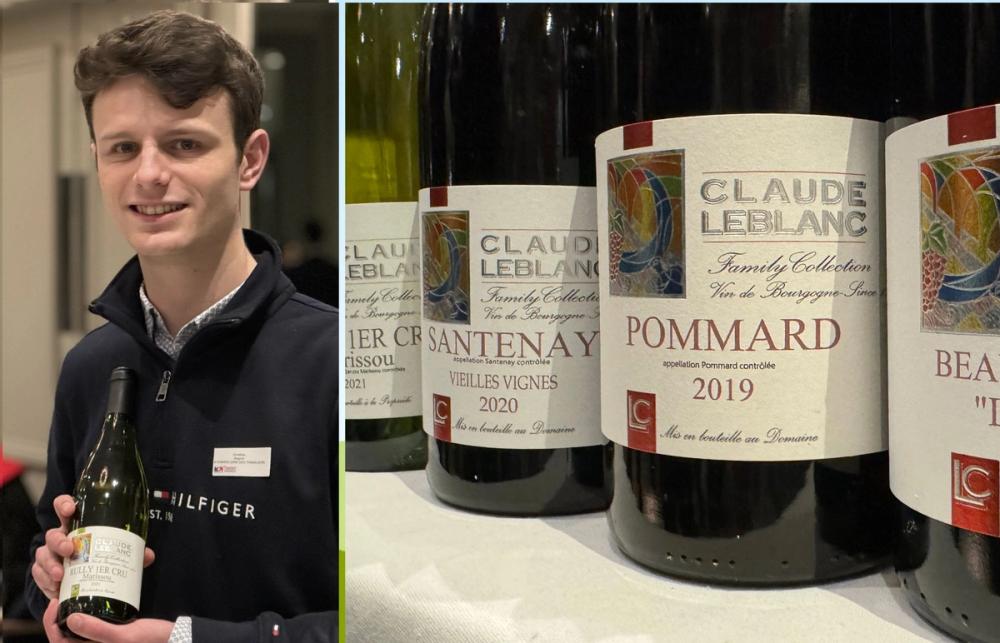
Much has been said of the huge price premiums that have hit the famous slopes of the Côte D’Or in recent years, all but pricing out many fans of these lovely Pinots and Chardonnays. There are, however, companies out there that understand the importance of keeping wine lovers interested in and with access to the wines of Burgundy.
Jonathan Siegrist works for La Conseillerie Des Tonnelier, whose Beaune-based cellar follows the consumer-facing model for a modern négociant. “We’re lucky to be based in Beaune,” commented Siegrist. “It’s a great place for tourists who we welcome at the cellar, as well as having a shop slightly outside the main tourist drag for locals to buy our wines.”
The Claude Leblanc range, named after the grandmother of the founder, works with winemakers and grape growers across Burgundy to compile a range of wines designed for HORECA. The most impressive for me was the Rully 1er Cru Marissous 2021 (ex-cellar €13-15), with Chardonnay grapes planted on north-facing slopes and retaining a lifting acidity and creamy texture from a blend of oak ageing.
Also of note was the Santenay Vielles Vignes 2020 (ex-cellar €13-15), made from 70+ year old Pinot Noir providing lush, juicy red cherries and plums, with pepper spice and a dark brooding finish. The Pommard 2019 and the Beaune 1er Cru Therons 2020 were exceptional, but you’d expect that at a nudge over €30 ex-cellar.
Rhône valley wines shine in the sun
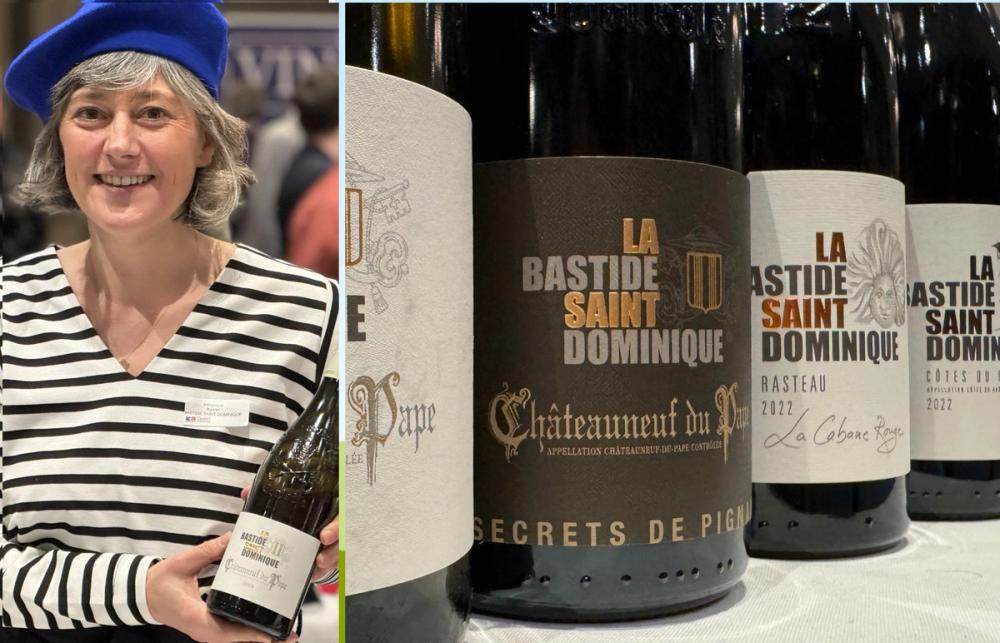
One of the areas of France more under pressure than most from warming temperatures and summer heat waves, is the wide expanses of the Southern Rhône. Yet despite what we may think, winemakers continue to harness both freshness and terroir from their grapes, especially in the growing number of high-quality white wines available.
Véronique Bonnet runs La Bastide Saint Dominique alongside her winemaker brother Eric. Located between Avignon and Orange, they believe that harnessing the power of the Mistral wind has given the Southern Rhône a real advantage. For example, spring frosts are an increasing blight as warmer winter temperatures see earlier budburst, followed by yield-destroying cold snaps.
“2021 was a dangerous year,” remembered Bonnet, “but we realised all we had to do was clear and maintain the local forests to allow the winds to freshen the entire vineyard plot.”
As far as the famous galet roulés soils go, it’s not so much about the sun’s reflection, but more the formation of the subsoil which is increasingly attractive.
“We know that older vines with more developed root systems are coping far better with extremes of weather each year,” explained Bonnet. “These soils allow the roots to dig even deeper and we’re seeing great results even in warmer years from the fruit.”
In terms of the wines on show, their Châteauneuf du Pape Blanc 2023 (ex-cellar €15) was a highlight in such a fresh, stainless steel-only style with Clairette playing a huge part in this clean, floral, bitter almond and green olive nose and a lovely pithy, lemon and warm finish. The star of the reds, for me, was the unbelievably good value, entry-level Côtes Du Rhône Rouge 2022 (ex-cellar €3-5) which was exceptionally juicy and gluggable with fresh, crisp, clean red and black fruits. I’d also be more than happy to open a bottle of their Rasteau Rouge La Cabanne 2022 (ex-cellar €6-8), in all its garrigue splendour, and the stunning Châteauneuf du Pape Les Secrets de Pignan 2022 (ex-cellar €30) with 100% Grenache Noir from 100-year-old vines on sandy soils giving a fabulous elegance to the finish.
Bordeaux négociants hitting the trends

The wine trade in Bordeaux, unlike most parts of France, was built (more or less) on the back of traders and the merchant classes, as opposed to monks, monasteries and the aristocracy. It’s no surprise then that the Bordeaux AOC classification can sometimes be sullied by big machineries pumping out drinkable, if unexciting, wines. Many in the wine industry scoff at such a practice and use it as a stick with which to beat the notion of Bordeaux AOC, irrespective of the amount of bills it pays,
But many producers and négociants can use the idea of brand Bordeaux and the large, and freeing AOC rules to sell some really interesting wines, very much on trend, to the wider world.
Julien Touboul runs Lucien Aimé et Fils from its base in Graves. His portfolio appears on first glance as an explosion of trends and boons, but tasting through it shows that this is much more than a marketing gimmick. These are wines that Touboul enjoys both making and drinking and has the confidence of success in the UK.
“The UK is such an important market for French wines, so we’re very grateful to Business France for its help in getting us over here,” reflected Touboul. “We listen to consumers and commentators, so when we do produce lower alcohol wines, orange wines, and blends of known and unknown local varieties, I’m confident we’ve really got something to offer.”
The Petit Lulu 2023 (ex-cellar €2-4) is a naturally low, 9% abv Sauvignon Blanc from Gascogne. Off-dry in style but still very much a grassy, green fruit-laden Sauvignon, this was a very drinkable option for the lunch time sippers. Also not to missed was the Orange Wine Contact(s) 2022 (ex-cellar €3-5), a blend of Gros Manseng and Sauvignon Blanc, with 41 days on the skins, but none of the ‘wood polish’ notes that so often ruin an orange wine. The finish was perfectly fresh with a waxy mouthfeel – an excellent food pairing option.
My favourite pair of wines were based on our old friend Cabernet Franc. The Cabernet Franc Contact(s) 2022 (ex-cellar €3-5) was vinified by destemming 100% of the grapes, but then using 30% of the removed stems in a net as a ‘tea bag’ to add the tannic grip and freshness. The result was a huge hit of spicy, violet blue and black fruits with an enjoyable grip into the finish on the gums. The other was the Cabernet Franc Le Chalet 2022 (ex-cellar €3-5) made with no added sulphites. Yes, it needed a bit of swirling, but when it opened up the red fruit and graphite showed off the other side of what Cabernet Franc can achieve, with coating, chalky tannins into the finish. Really interesting wines proudly sporting the Bordeaux AOC classification.
In conclusion…
It was a great tasting overall and clearly very value added from all the discussions I was hearing as I made my way around the tables. If nothing else, it proved that the UK is still a key market for our friends on the other side of the Channel and the range and quality of the wines on offer are as attractive for importers as ever.
VIN is an annual tasting organised by Business France. For more information about the tasting or how Business France is helping to promote French wineries in the UK, please contact them through their LinkedIn page @Business France UK
Each of the above-mentioned wineries are currently seeking representation in the UK. For more information, please contact the wineries directly:
- Carine Simoneau, Famille Paris Simoneau, carine@paris-simoneau.com
- Ludovic Hauller, La Cave du Tonnelier, ludovic@famillehauller.com
- Jonathan Siegrist, La Conseillerie Des Tonnelier, comconseillerietonneliers@gmail.com
- Véronique Bonnet, La Bastide Saint Dominique, contact@bastidesaintdominique.com
- Julien Touboul, Lucien Aimé et Fils, Julien.touboul@lucien-aime.fr
Mike Turner is a freelance writer, presenter, educator, judge and regular contributor for The Buyer.
